Asthma First Aid For Schools
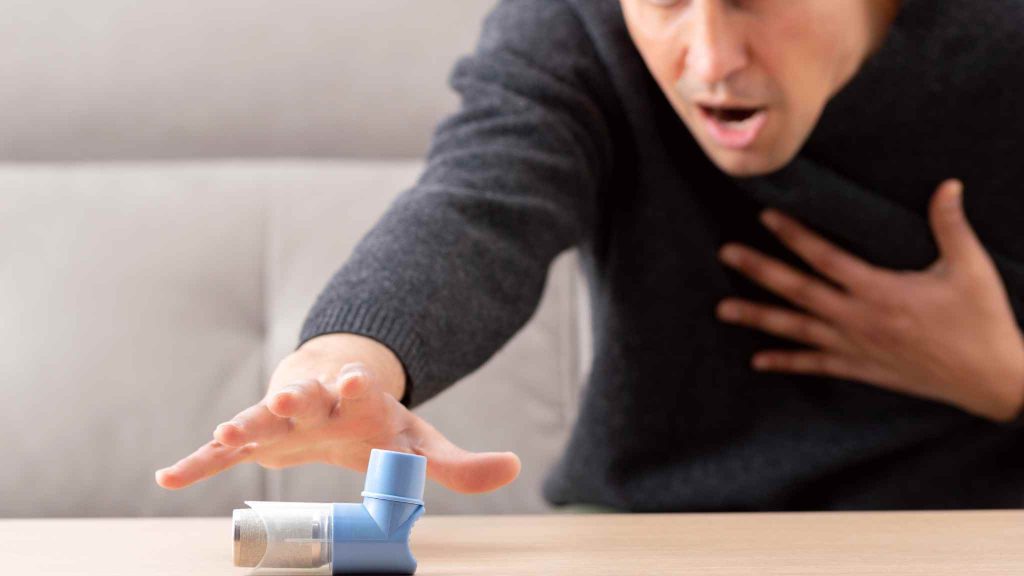
Attention all teachers, parents and school administrators! It’s time to talk about a critical topic that affects millions of children worldwide – asthma.
As one of the most common chronic childhood diseases, it’s important to be prepared for an asthma attack at any given moment.
Every child with diagnosed asthma should have an asthma action plan.
That’s why we’re here today with some essential first aid tips specifically designed for schools.
Asthma Plan For School
Whether you’re dealing with a student who has already been diagnosed or just want to be ready in case of an emergency, keep reading for our expert advice on how to deliver first aid for asthma in the classroom.
You can complete a course to teach you how to respond in an asthma emergency. there are a few courses.
- Provide First Aid In An Education And Care Setting HLTAID012
- 22556VIC (Asthma) & 22578VIC (Anaphylaxis) – Contact us about this course
How often do you need to do asthma training?
It is recommended that asthma training be refreshed every 3 years, but more often if there are changes in the school environment or if new staff members have been hired.
Asthma and anaphylaxis training can be delivered by most reputable training providers.
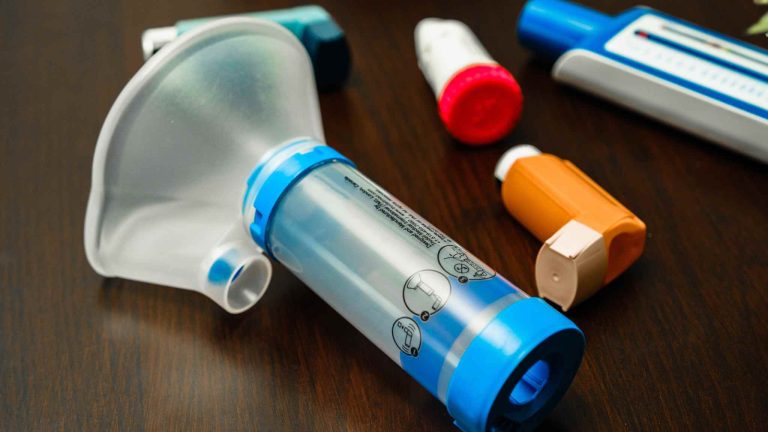
How do you deal with an asthma attack at school?
If you have children with asthma at school, it’s important to have a plan in place from their doctor in case of an attack. Here’s the asthma first aid steps if a child has an asthma attack at school:
1. First, have your child sit upright. This will help them breathe more easily.
2. Next, give your child 4 puffs of their rescue inhaler. This will be blue or grey. If they don’t have one with them, you should have a school asthma first aid kit.
3. Have the child take slow, deep breaths and monitor to see if the attack starts to improve.
4. If the attack doesn’t improve after four minutes, repeat step 2.
- If the child does not improve, call emergency services and explain that the child is having an asthma attack and needs emergency medical help.
- Continue to give 4 puffs of the rescue inhaler every 4 minutes until help arrives.the asthma first aid

What are the symptoms of asthma?
When it comes to asthma, there are a few different symptoms that may crop up. It’s important to be aware of these symptoms so that you can take action if you or someone you know starts to experience them.
The most common symptoms of asthma are:
• Shortness of breath
• Wheezing
• Tightness in the chest
• Coughing
If a child in your care starts to experience any of these symptoms, it’s important to take quick action.
If the child has an inhaler, help them use it as directed. If the symptoms don’t seem to be abating, or if they are severe, call emergency services and follow the steps above.

What causes asthma?
There are many potential causes of asthma, and it is often a combination of several factors that leads to the development of the condition. Some of the most common potential causes include:
- extended exposure to moulds over time
- If you have a related illness such as allergies or eczema, you may be more likely to develop asthma
- family history
- If you have had bronchiolitis as a child
- Exposure to smoke or mother smoking when pregnant with you
- If you were born prematurely
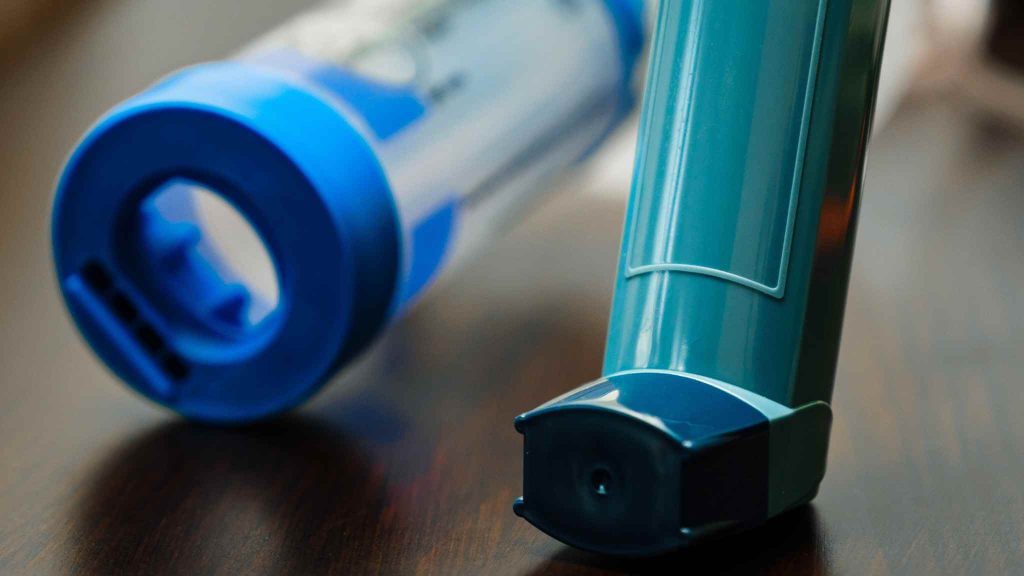
Is asthma common in school-aged children?
Asthma is one of the most common chronic conditions in school-aged children. It is estimated that 1 in 10 children have asthma, and it is the most common chronic condition in school-aged children. Most children with asthma will have some symptoms, but not all will have severe symptoms.
In fact, many children with asthma may never have an asthma attack.

What teachers should know about asthma?
Asthma is a condition that affects the airways and makes it difficult to breathe. It is often triggered by environmental factors such as dust, pollen, illness or cold air.
Asthma attacks can vary in severity from mild to life-threatening. During an attack, the muscles around the airways tighten and the airways become inflamed and filled with mucus. This can make it very difficult to breathe and can lead to wheezing, coughing, and shortness of breath.
If not treated properly, an asthma attack can be fatal. That’s why it’s important for teachers to be familiar with the signs and symptoms of an attack and know what to do if one occurs.
If you suspect that a child is having an asthma attack:
• Have them sit upright in a comfortable position.
• Give them their rescue inhaler (if they have one). Follow the 4x4x4 rule
• Call emergency services or have someone else call for help.
• Stay calm and reassure the child that help is on the way.
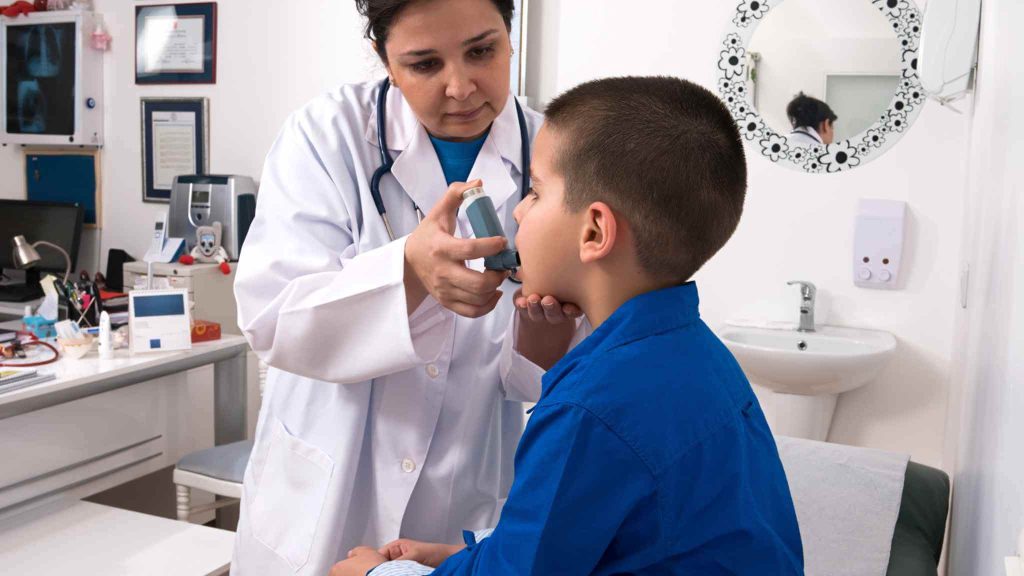
What’s the 4x4x4 rule?
This is the first aid protocol for asthma where you give 4 puffs of a rescue inhaler. Each puff needs 4 breaths (in & out). This can be given every 4 minutes if there is no improvement, until help arrives.
What is an asthma action plan for schools in Australia?
An asthma action plan for School Australia is a document that provides guidance on what to do if a child with asthma experiences an asthma attack.
It is important for schools to have an asthma action plan in place so that staff are aware of what to do and can respond quickly in the event of an attack.
The plan should be tailored to the individual child and their needs and should be reviewed regularly in consultation with the child’s doctor and parents or carers.
Here is our donloadable resource below:
Asthma Action Plan PDF
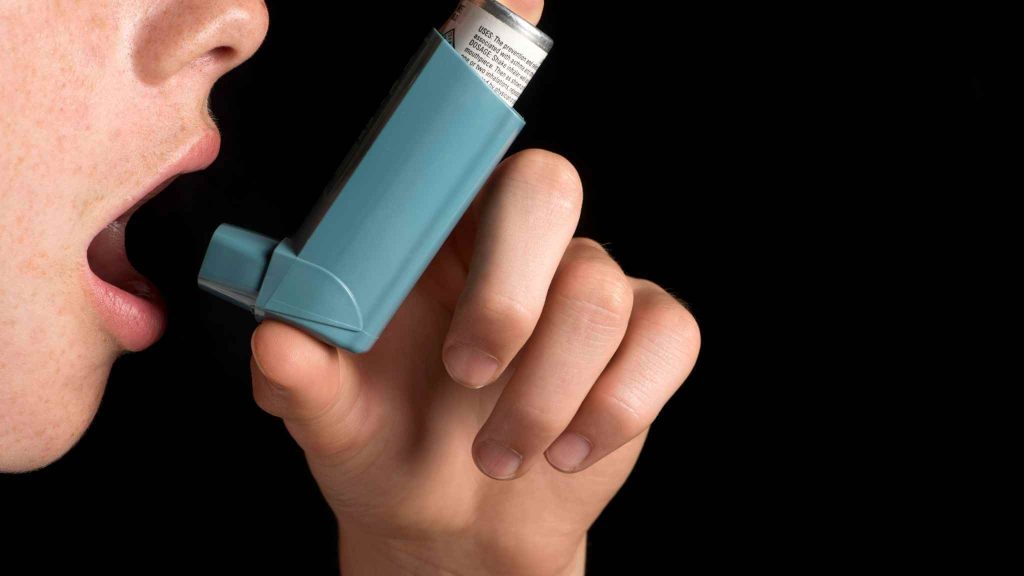
How do you accommodate students with asthma?
If you have a student with asthma in your classroom, there are some things you can do to accommodate them and make sure they have a positive experience at school. Here are a few tips:
- Make sure you know where their inhaler is and that they have it with them at all times.
- Make sure you have access to their asthma action plan, so that the student and their parents feel safe that you know what to do in case of an attack.
- Avoid trigger activities that may set off an asthma attack.
- Keep the environment as clean as possible to reduce the risk of triggering an attack.
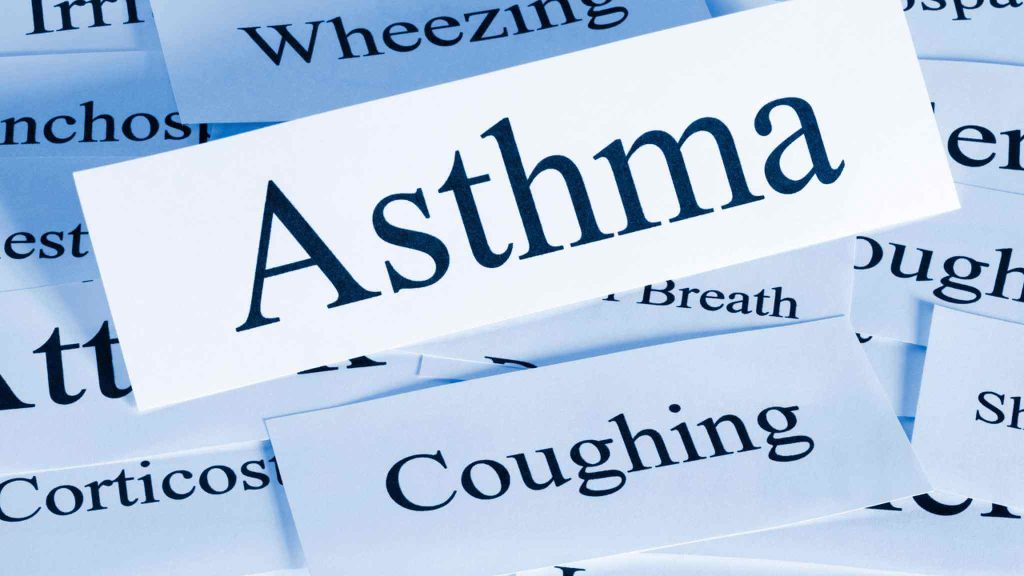
What is the 4x4x4 rule for asthma?
The 4x4x4 rule is a simple, easy to remember guideline for what to do when someone is having an asthma attack. The first step is to give the person four puffs of their rescue inhaler.
Wait four minutes, and then check to see if the person’s symptoms have improved. If they have not, give them four more puffs of their rescue inhaler. Repeat this process until the person’s symptoms have improved or they are taken to the hospital.
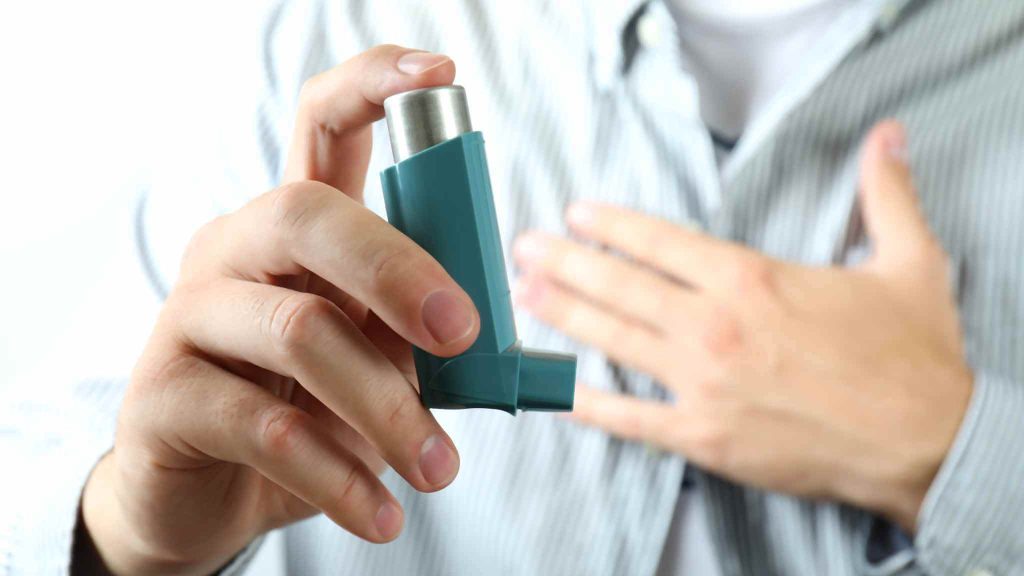
What is the first aid for asthma patients?
If you think someone is having an asthma attack, follow these steps:
1. Sit the person up and lean them forward. This open position will help them breathe.
2. Help the person use their inhaler (if they have one). The inhaler will help open up their airways so they can breathe better.
3. If the person doesn’t have an inhaler or if using the inhaler doesn’t help after using the first aid steps above, call emergency services right away.
4. Once the paramedics arrive, they will give the person oxygen and other treatments to help them breathe better.

What are the most common triggers for asthma attacks in school?
There are a number of potential triggers for asthma attacks in school settings, and it is important for both educators and parents to be aware of these. Some of the most common triggers include:
- Allergens: Dust, pollen, mold, and animal dander can all trigger an asthma attack in sensitive individuals.
- Cigarette smoke: Even secondhand smoke can trigger an asthma attack.
- Exercise: Physical activity can cause the airways to constrict, making breathing difficult for asthmatics.
- Cold weather: Sudden changes in temperature can also trigger an asthma attack.
By being aware of these potential triggers, schools can take steps to reduce the likelihood of an asthma attack occurring on their premises. For example, keeping the school clean and free of dust and other allergens can help to minimize the risk for those with allergies. Additionally, maintaining a smoke-free environment can protect asthmatics from the dangers of secondhand smoke exposure.
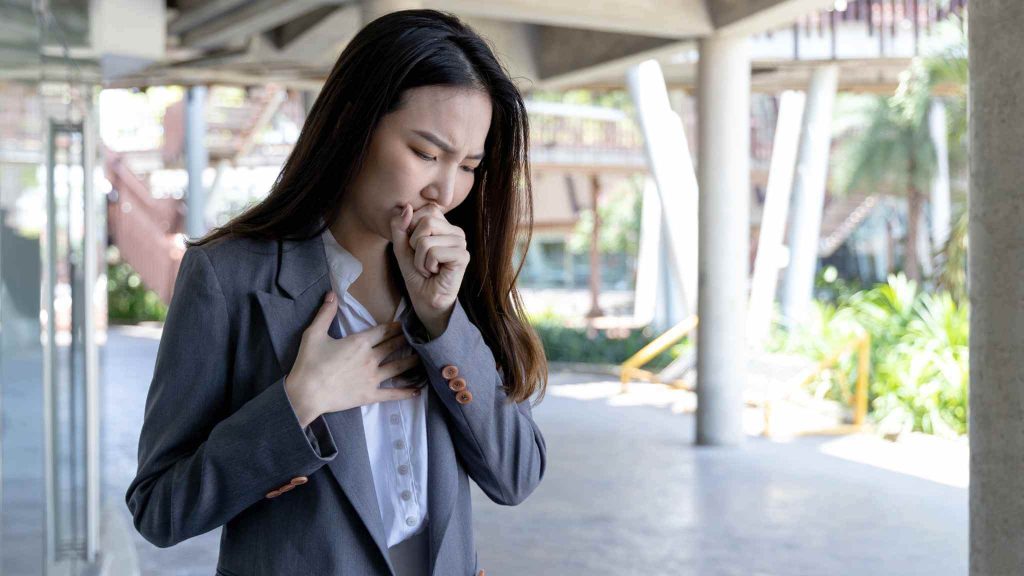
First Aid Certificate
The First Aid Nest run public and workplace first aid courses, Australia wide.
Our workplace first aid courses can be run at your site.
Our public classes are here in Sydney and are the best option if you are an individual, a couple or a group of just a few people.
Our sophisticated system will take the headache out of renewal for you too. Lose your certificate? No problem, just ;log in and download your certificate again anytime. We will also send you reminders about when your certificate is about to expire!
Book your spot or workplace with us today, contact us with any questions, or head to our FAQ page.
